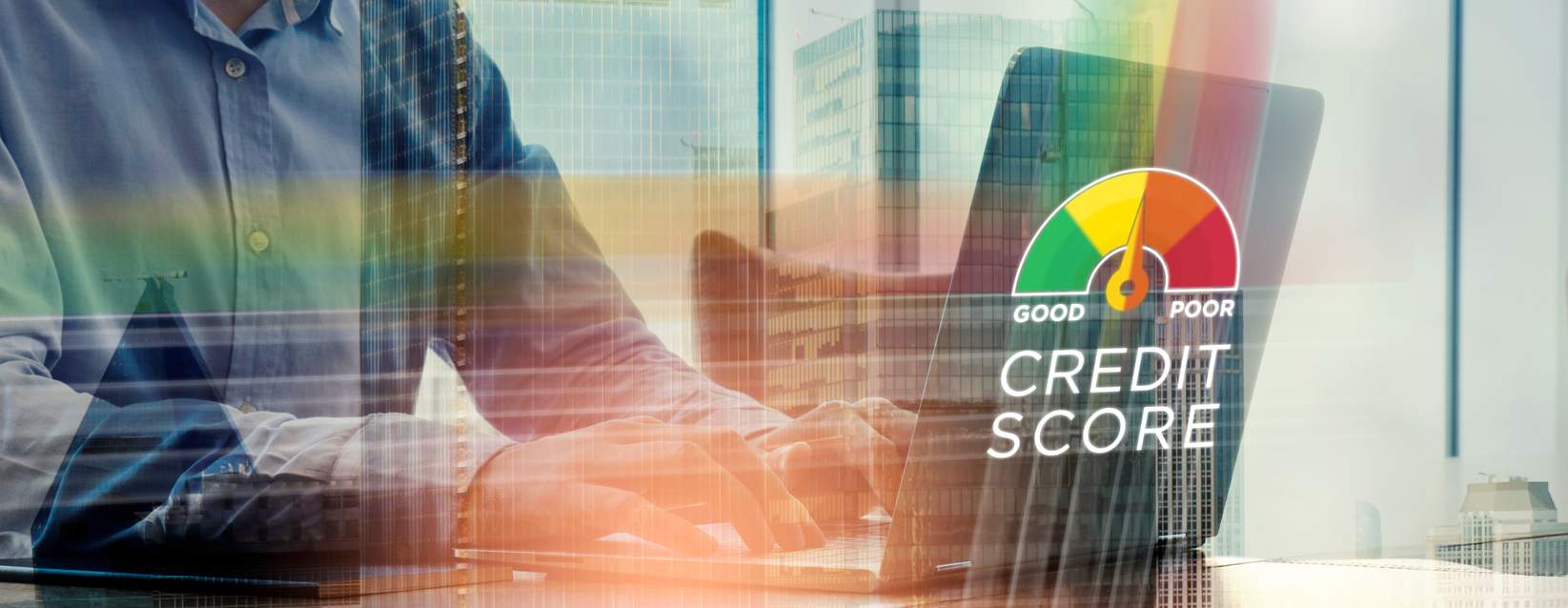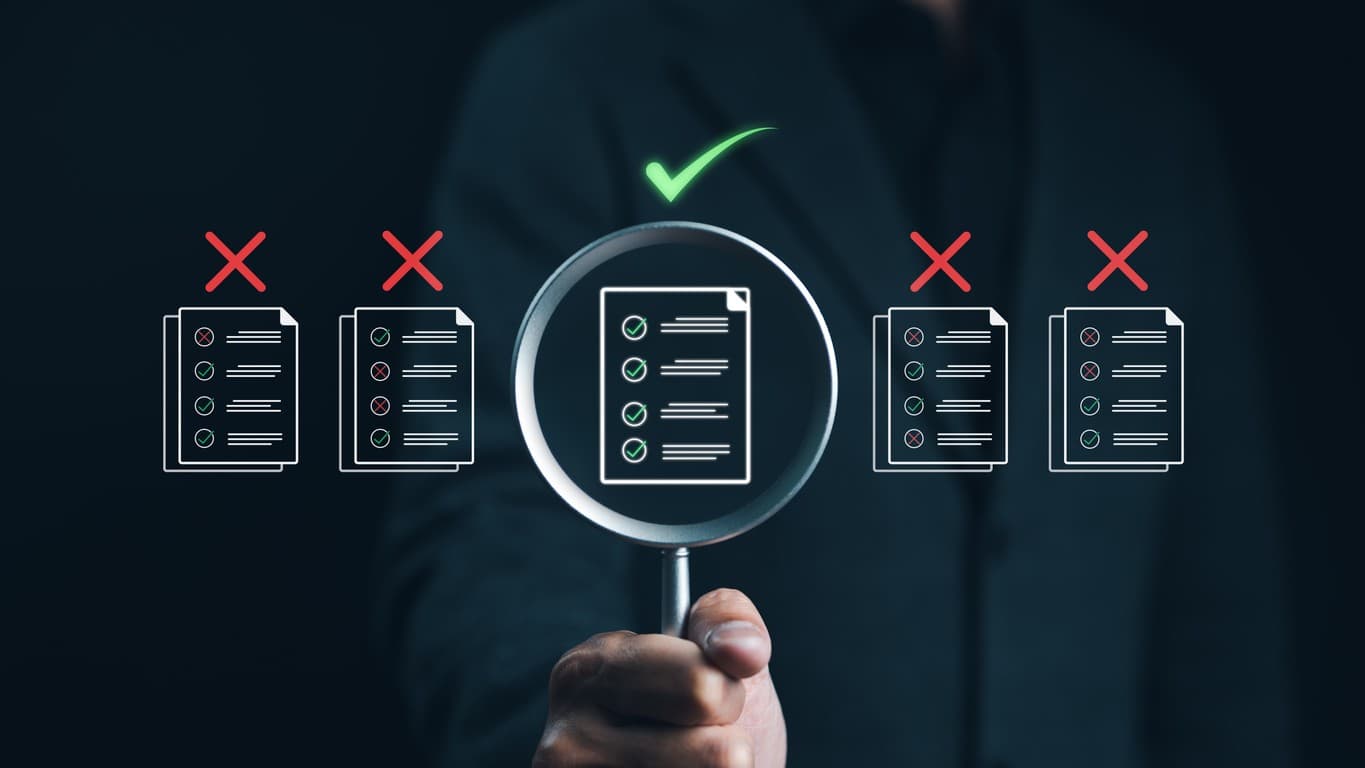What You’ll Learn:
- How creditworthiness and credit scores for businesses are determined
- Which data points and AR processes influence creditworthiness
- How your AR can grant you access to credit
Accounts receivable sheets show important cash flow records. Exactly the kind of transaction history you’d expect to inform your credit, right?
In actuality, AR doesn’t directly impact a business’s credit.
While they’re both important financial data points, the relationship between them is a bit more nuanced. This post will guide you through the details of business credit scores, creditworthiness, and how AR fits into the picture.
How your business gets a credit score
A business gets a credit score by registering with a business credit bureau. The most common option is getting a D-U-N-S Number through Dun & Bradstreet. This unique identifier allows you to build credit history and partner with lenders or other organizations who want a record of your creditworthiness.
AR is not a direct influencer of your business’s credit score any more than your salary determines your personal credit score. They’re related financial data points, but they don’t directly impact one another.
What actually determines a business credit score?
- Payment history: The most important factor in a business credit score is payments to suppliers, lenders, and other tradelines. On-time payments benefit your score, while late payments can ding it.
- Credit utilization: Using a small percentage of the credit available to you can keep your credit score higher than full utilization. Most experts recommend using only 10–30% of your available credit across loans, lines of credit, and credit cards.
- Debt levels and mix: Overall debt burden and types of credit used influence a credit score. A healthy mix of different types of credit accounts shows that you can manage debt responsibly.
- Company age and size: The more established a company’s history, the higher its credit score may be. It’s often recommended to register for a D-U-N-S Number before you need to supply it to a lender so you can establish credit history over a period of time.
- Industry risk: Some industries are inherently riskier than others, which can impact credit scores. For example, businesses with seasonal demand may have lower credit scores on average.
- Public records: Records such as bankruptcies, liens, and judgments against your company can negatively affect your credit score.
You should regularly check your business’s credit report, both to ensure its accuracy and to see where you stand. With intentional and responsible financial steps, you can often improve your credit for more favorable lending terms and financial partnerships.
Creditworthiness is more than just a credit score
Credit scores serve an important function. They’re quick, flashy, and easy to understand. It’s easy to compare one credit score against another when looking at various businesses and their creditworthiness. It’s an accurate snapshot, but it’s not the whole picture.
Overall creditworthiness is more complicated. It looks at all kinds of financial and operational factors to determine whether a business is sound enough to justify the extension of credit. AR can be a part of this valuation. Would your invoices, cash flow, and client relationships cause a lender to trust you? Do they show financial stability and trustworthiness?
AR management can be a creditworthiness factor
If AR is a part of creditworthiness, what aspects of AR management do potential lenders look at? They’ll review certain data points and operational processes to understand your company’s health.
They may review:
- Invoicing practices: How are you invoicing clients? When do you send invoices and payment reminders?
- Creditworthiness of your clients: How creditworthy are your clients? Are you doing business with reliable clients? Do they pay you on time?
- Payment terms: What are your standard payment terms? Do they match industry standards?
- AR aging report or DSO: What does an AR aging report reveal about your AR management? What about your days sales outstanding (DSO) average?
- Payment methods: How easy is it for clients to pay? Do they have multiple payment options? Do they have the option to pay quickly via a digital payment system?
- Collection processes for late payments: How do you react when a client pays late? Do you appropriately follow up on overdue invoices? At what point do you write off bad debt?
You can review your own AR health to better understand what investors or lenders might look for—and to optimize your processes for increased creditworthiness.
Hopscotch Flow gives you access to an AR-backed line of credit
Accounts receivable don’t just influence your creditworthiness. They can be powerful tools for growth when leveraged to access cash flow. Hopscotch Flow gives you the financial flexibility to access a line of credit based on your AR balance. Invoice your clients and get access to immediate cash, even if you’re waiting on payments to come due.
Build your business on your terms. Get approved for Flow, a growth capital tool with no hard credit checks.
Bret Lawrence
Writer
Bret Lawrence writes about invoicing and cash flow management at Hopscotch. Her previous roles include senior financial writer at Better Mortgage, where she covered lending and the home buying process. Her writing is not financial advice.





